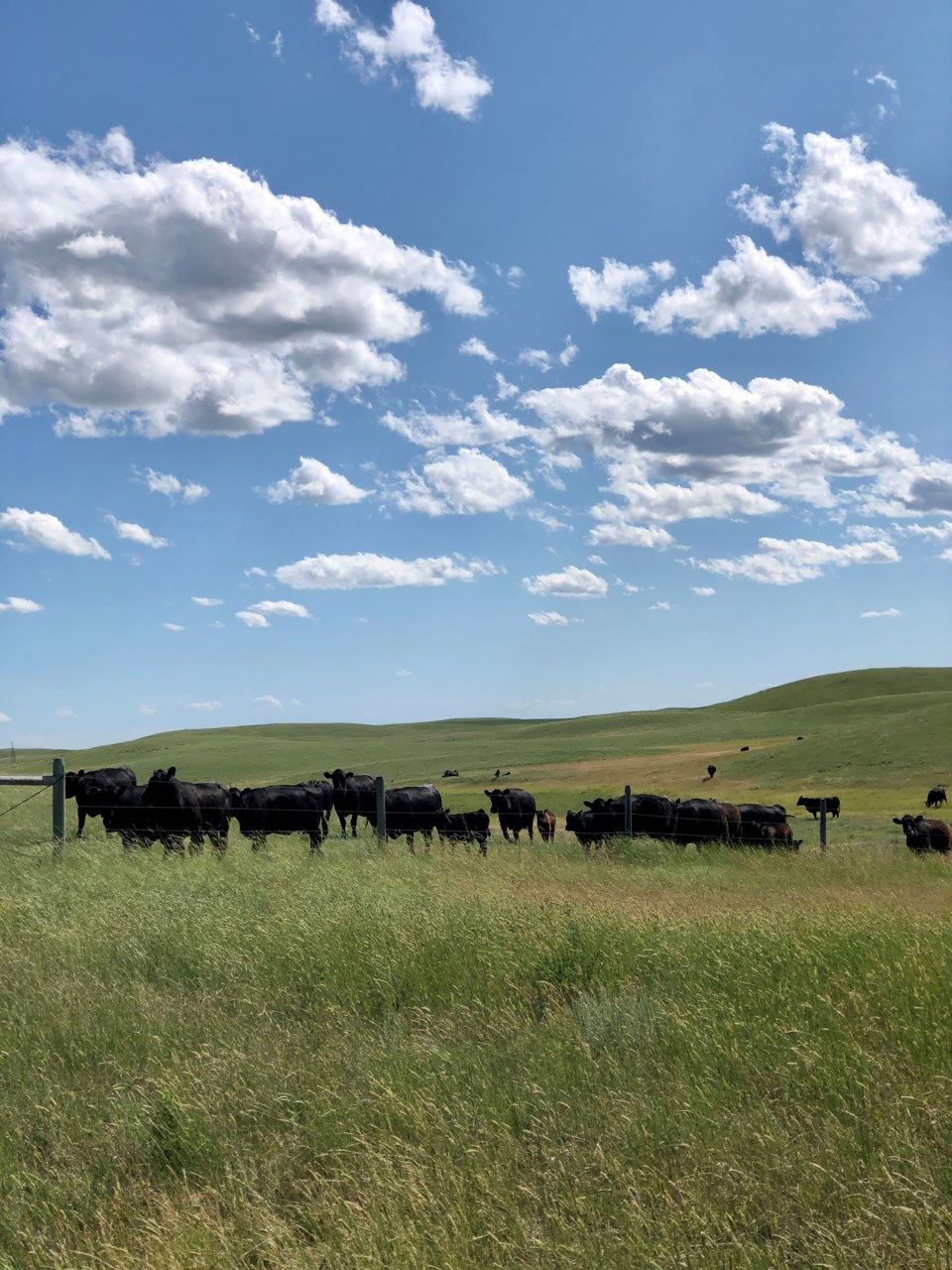According to Statistics Canada's latest livestock report, cattle numbers on Canadian farms are still at low levels following last year's Prairie drought.
As of July 1, 2022, Canadian farmers held 12.3 million cattle and calves on their farms, down 2.8% from last year. Those were the lowest levels recorded since July 1, 1988. As of July 1, eastern Canadian cattle inventories were down 1.4% to 2.8 million head, while western Canadian cattle inventories were down 3.2% to 9.5 million head.
The report attributes the present decline in cattle numbers to tightened feed supplies and elevated drought-related production costs.
According to StatsCan, domestic slaughter in 2022 was supported by strong export demand from the US and Japan. The surge in export demand for beef also contributed to the further reduction of the Canadian cattle herd. A total of 413,100 head of cattle and calves were exported internationally from January to June 2022, an increase of 50.5%.
Saskatchewan held 20.7% of Canada's total cattle herd on July 1, 2022, Alberta leading with 43.5% and Ontario with 13%.
As a result of higher production costs, and greater demand from feedlots and processors, Canadian feeder and slaughter cattle prices generally remained more elevated in the first half of 2022.
In other parts of the Canadian livestock sector, the hog industry reported 13.9 million canadian hogs on July 1, 2022, a 3.0% decrease from the year before. Quebec, Ontario, and Manitoba dominated provincial inventories. Over 80% of Canada's hogs come from these three provinces, with Quebec accounting for nearly one-third of the total at 4.4 million head.
Among the factors contributing to this decline were capacity reductions in the eastern Canadian hog processing sector, as well as lower pork exports to China as that country continued to recover from African swine fever, according to StatsCan.
In July 2022, Canadian sheep and lamb inventories were up 2.4% from the previous year, reaching 1.1 million head. Almost half of Canada's sheep and lambs are raised in Ontario and Quebec.
Over twentyfold more sheep and lamb were exported internationally from January to June 2022 than the year prior, reaching 18,100 head as US prices remained strong. Western Canada continued to be the top importer of live sheep and lambs with 13,300 head imported read the StatsCan report.




